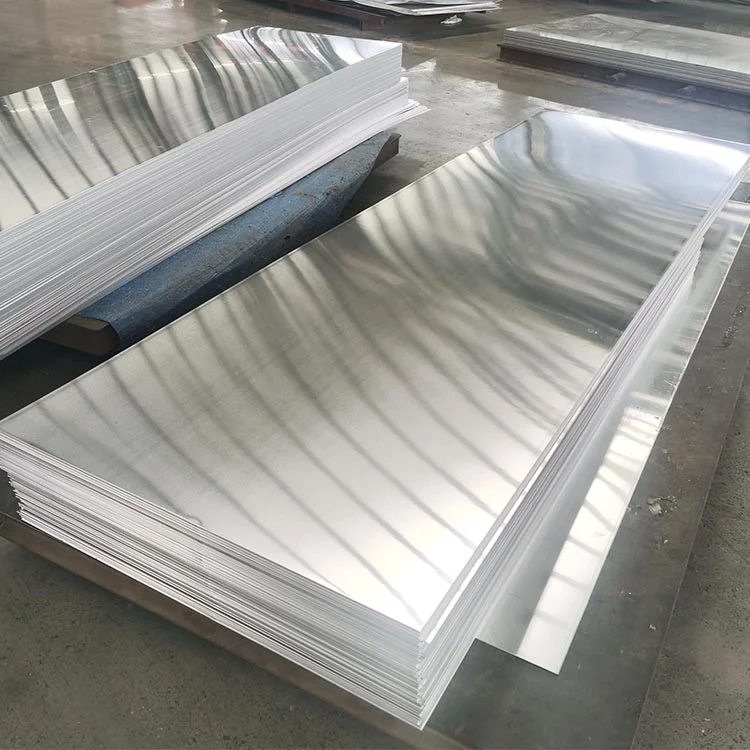Aluminum foil is a common material in daily life, widely used in food packaging, cooking, construction, and various industrial applications. The question of whether aluminum foil is flammable has garnered much attention. This article will explore the combustion characteristics of aluminum foil and its behavior in different environments.
Physical Properties of Aluminum Foil
Aluminum foil is made from pure aluminum or aluminum alloys through multiple rolling processes, with thicknesses typically ranging from 0.006 to 0.2 millimeters. Aluminum has excellent thermal and electrical conductivity, corrosion resistance, and high reflectivity. Its chemical properties are relatively stable, making it unlikely to react with other substances at room temperature.

Combustion Characteristics of Aluminum Foil
Non-flammability: Aluminum foil itself is a non-flammable material. Aluminum has a melting point of approximately 660 degrees Celsius (1220 degrees Fahrenheit), and its ignition point is much higher. To ignite aluminum foil, extremely high temperatures (around 2000 degrees Celsius or 3632 degrees Fahrenheit) are required. Therefore, in ordinary household and industrial environments, aluminum foil is not easily ignited.
Protective Oxide Layer: Aluminum surfaces form a dense layer of aluminum oxide (Al2O3), which effectively protects the foil from further reaction with oxygen in the air, enhancing its fire resistance and corrosion resistance.
Combustion Possibility in Special Conditions
While aluminum foil is not flammable under normal conditions, certain special conditions might lead to combustion:
Extremely High Temperatures: In extremely high-temperature environments, such as those found in metallurgical processes, aluminum foil might melt and burn. This requires exposure to temperatures exceeding its ignition point.
Aluminum Powder Hazards: It is important to note that aluminum powder and fine aluminum particles are flammable and can be explosive in certain conditions. Therefore, during the processing and handling of aluminum foil, care should be taken to avoid the generation of large amounts of aluminum dust or shavings, and appropriate safety measures should be implemented.
Safe Use of Aluminum Foil
Household Use: In household environments, aluminum foil is primarily used for food packaging and cooking, such as wrapping food for baking or grilling. In these applications, the foil does not reach its ignition point and is safe to use.
Industrial Applications: In industrial settings, aluminum foil is generally not subjected to temperatures high enough to ignite it. However, when involved in high-temperature operations, such as high-temperature furnaces and welding, appropriate safety measures should be taken to ensure the safety of the foil and its surroundings.

Conclusion
Under normal conditions, aluminum foil is a non-flammable material. Its high melting point and protective oxide layer provide excellent fire resistance and safety in both household and industrial applications. However, in extremely high-temperature environments or when handling aluminum powder, appropriate safety precautions are necessary. When used correctly, aluminum foil can leverage its superior physical and chemical properties to offer convenience and efficiency in various aspects of life and production.


